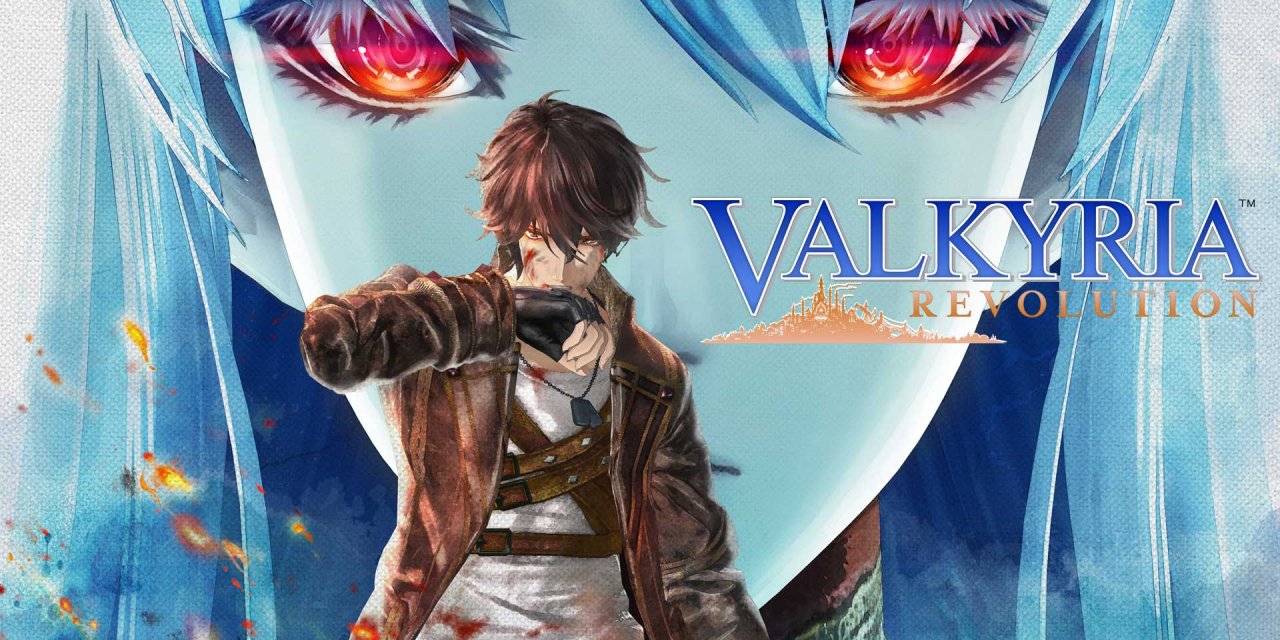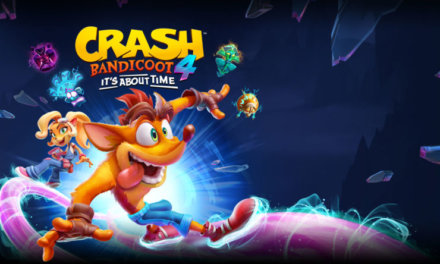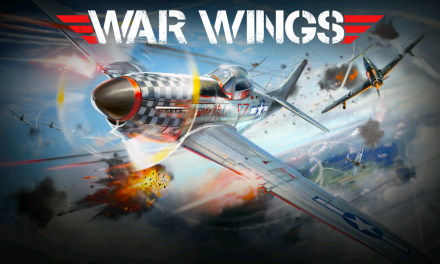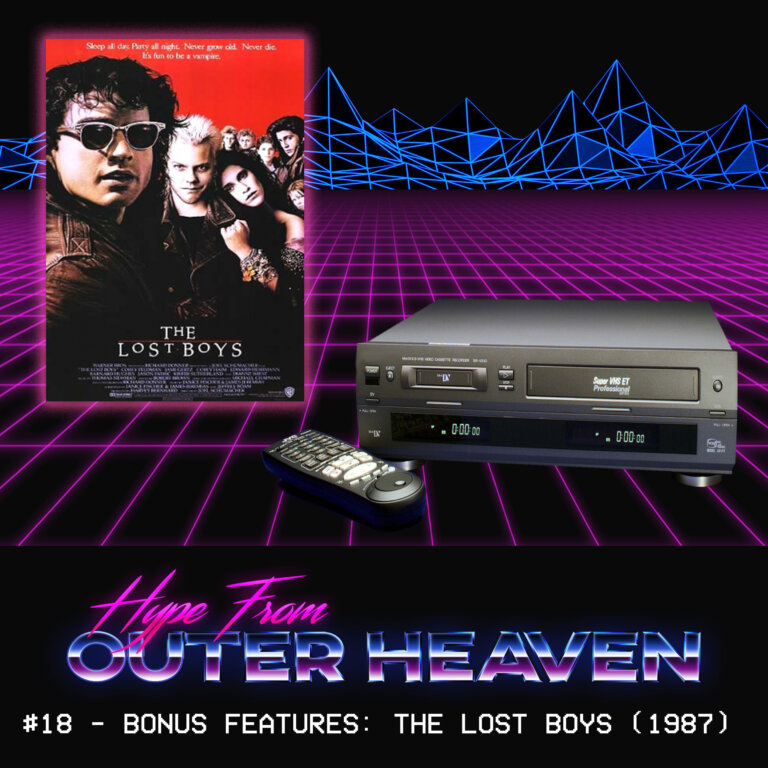War has changed….and that’s……that’s ok, I guess.
The Valkyria series has always been an anomaly to me. When the first one – Valkyria Chronicles was released in 2008 it was an absolute diamond in the rough in the PS3 era with an completely unique, bright and artistic look, a compelling story, relatable characters and it’s gameplay mixed tactical role playing and intense third person action, it’s cult following garnered a remastered version on the PS4 and remains one of my favourite games. Sure there were sequels, PSP exclusive Valkyria Chronicles 2 didn’t change much in term of gameplay style apart from the additions of the new armored tech class and battlefields having separate sections to add a certain gravity to the tactical aspect making it an enjoyable fayre but not all that memorable and it’s follow up prequel Valkyria Chronicles 3 never saw the light of day outside of Japan, the same goes for mobile game Valkyria Chronicles D. Eventually after an almost 5 year absence from the gaming world comes Valkyria Revolution. Developed by Japanese company Media Vision and published by Deep Silver in Europe and Sega in Japan and North America is the first multiplatform entry into the franchise and features the highest of highs as well as the series’ biggest disappointments.
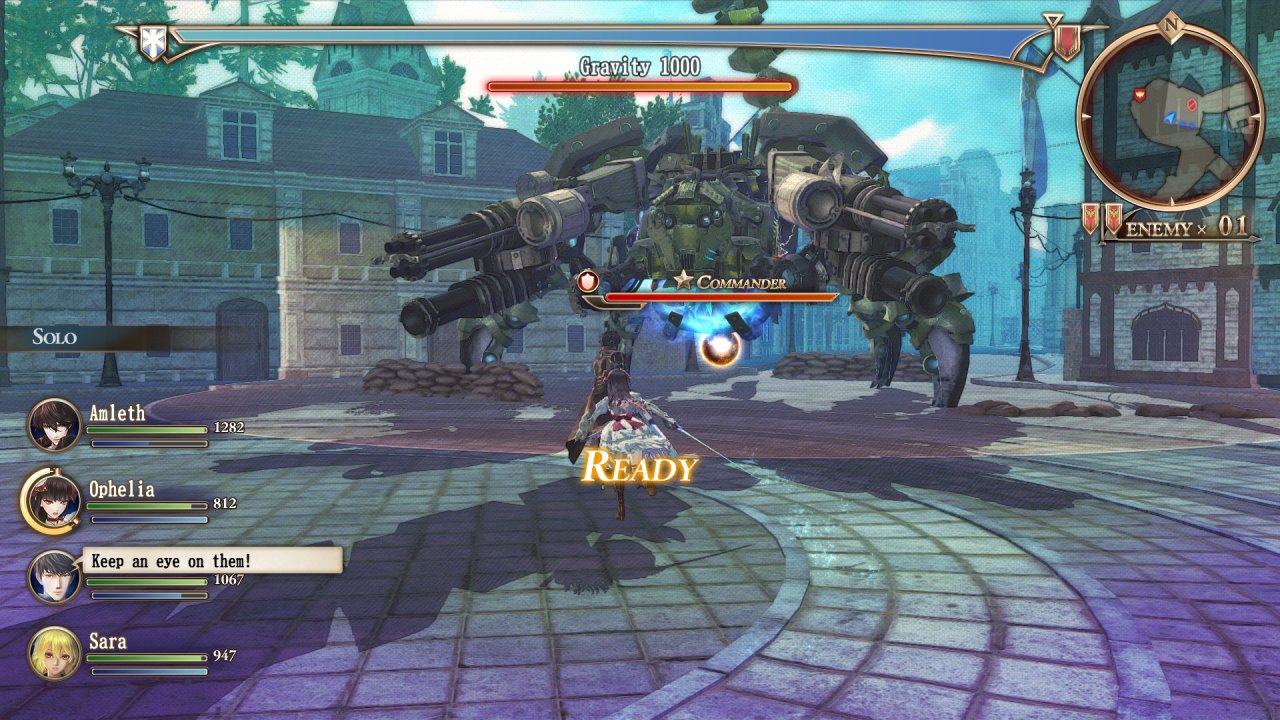
Told in a medias res format, we meet a young student from the fictional nation of Jutland writing a report on the ‘Five Traitors’ and seeks t learn more about their part in the war between Jutland and the Ruzi Empire under the tutelage of his teacher Richelle. This is when we meet Amleth (or Way too many belts McGee) Captain of the Anti-Valkyrie unit ‘Vanarguard’ and his four companions Basil the Industrialist, Fritte the Writer, Solomon the Legislator and Violette the Spy all using their influence in their respective professions to work under the radar to overthrow the Ruzi empire and find woman call Maria they have kidnapped. Carrying on the concept of Underdogs and outcasts going to war, this is a classic case of if it isn’t broke don’t fix it. Valkyria Revolution features fantastic story telling as well as brilliantly crafted relationships between all the core characters who are split on two ends of the spectrum. The Princess of Jutland and her entourage want fight for heir Nation valiantly whereas Amleth and the rest of the traitors wish to make take part in the war their own way regardless of how they went down in history.
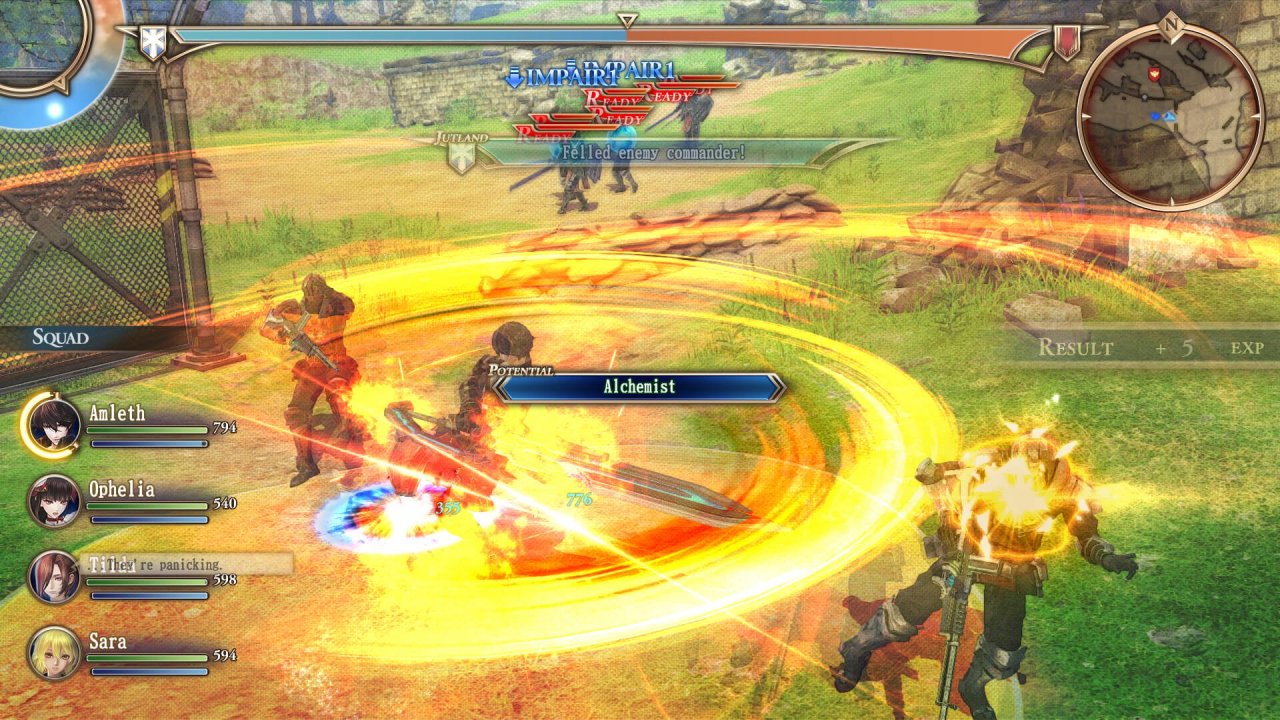
On the outside, Valkyria Revolution looks pretty damn pretty with the signature penciled look still alive and kicking and even improved upon thanks to the current technology. Colours are bold and standout wonderfully and lighting during some segments really add a breath of fresh air to already attractive scenes. Some texturing in the more urban environments and make the game feel sometimes monotone and crammed together in terms of presentation but this isn’t always the case in some examples like Elsinore’s promenade which doesn’t have much life to it as it should but still holds up with a nice colour pallet. Character models look well crafted and feel like they belong in their surroundings and the cast of characters themselves itself range from, flamboyant, and cartoonish which fits this style of game perfectly to the type of characters we have seen in thousands of RPG’s like the chesty fan service girl to the smooth talking ladies man (I actually believe two characters are the same person, guess which ones). The main villans look like a real threat and enemy tanks and machines would satisfy the biggest of Steampunk enthusiasts. Valkyria Revolution also features a fantastic well rounded soundtrack, from the fantastic fist pumping rock piece heard during the games intro to some of the superb orchestral pieces during gameplay and the cutscenes.
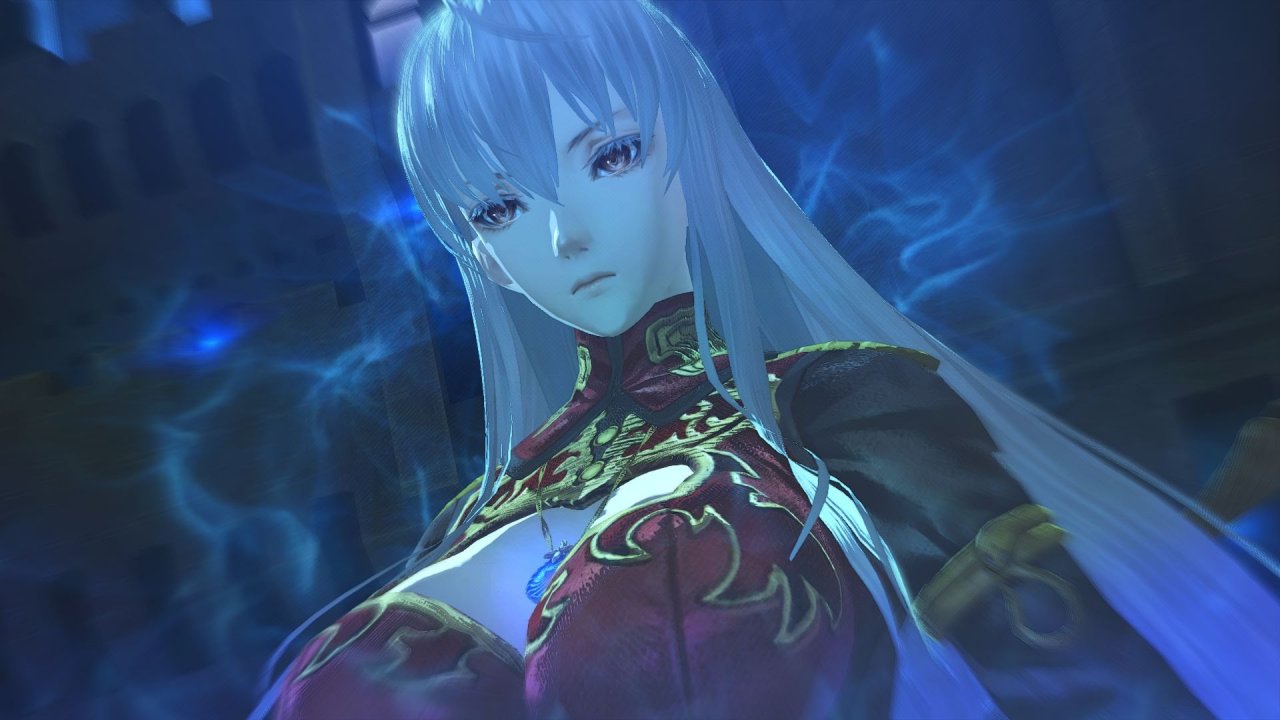
Valkyria Revolutions gameplay really lets the experience down and sadly I feel the drastic change would leave fans of the series alienated. Gone are the days of strategically laying out your battle plans meticulously and training your different classes separately as now we are left with PRESS X (A for Xbox folk) TO KILL THE BADDIES! All thought of winning your skirmish has gone and what we’re left with is combat similar to Devil May Cry but your offense goes beyond simple melee. Alchemy is brought into the mix for this entry which adds individuality to characters and let’s not forget the addition of long ranged weapons but this is easily forgotten about when you an simply just hack your enemies down. The tactical element still remain to a lesser extent as you can change your teams priorities to focus on offense, defence and support and you can choose for your back up to work as a unit in pairs or go solo, a beacon to show that the previous entries are still remembered but overall gets overshadowed. One thing the combat does bring to the table however is the satisfying impact that is beyond your attacks, the constant button mashing behind your melee attacks are a lot of fun with the punch behind them and blowing the Ruzi Empire away with fire and earth spells bring the same kind of power albeit very brief. All this is accompanied by an action metre which dictates how much you can attack in one go, though a staple of the series, in this case and in this style of in game combat it seems highly unnecessary as it only takes a second or two to refill and disrupts the flow of battle dead in its tracks, especially when you think you are causing some serious damage. The promenade mentioned earlier acts as a hub in which to purchase gear and resources which brings a sense of comradery in the community in a nation of war and Basil’s Factory acts as your outlet in which to upgrade your arsenal which really drives home the point of an underground operation, a good touch and one that bonds the characters together.
A PlayStation 4 Review Code was provided by Deep Silver

